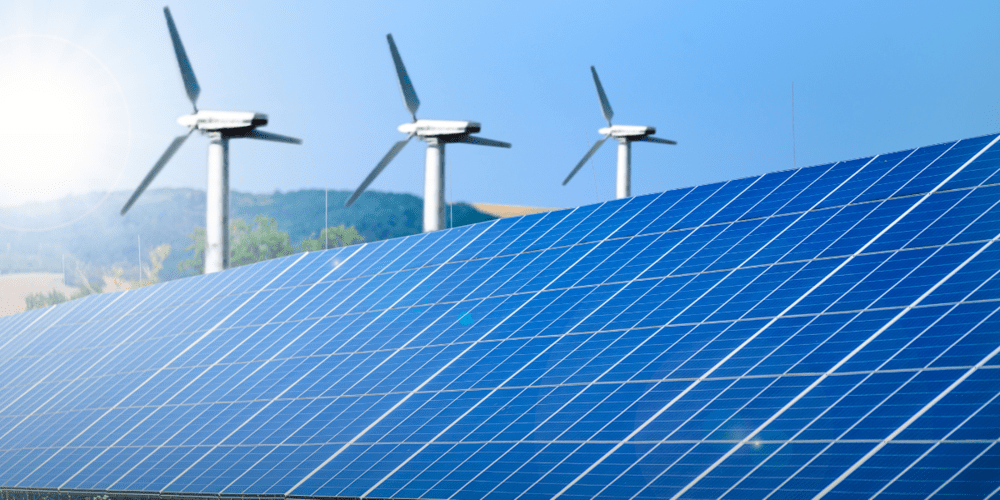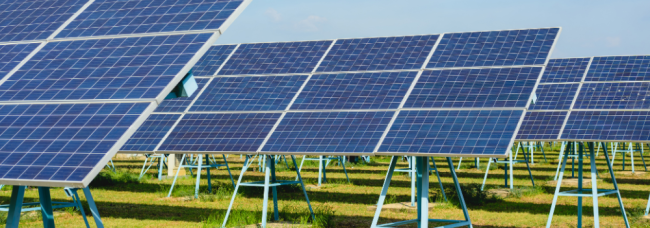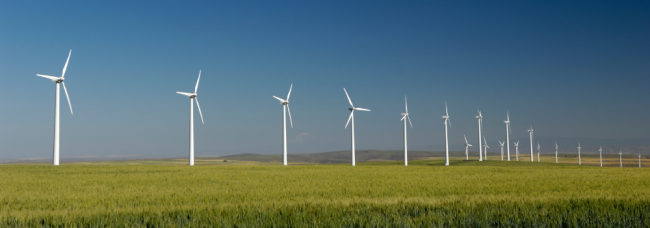
Ceramics in Renewable Energy: Applications and Innovations
The renewable energy sector is rapidly expanding as the world seeks sustainable and eco-friendly alternatives to traditional energy sources. Amid this growth, ceramic materials are emerging as crucial components in various renewable energy technologies.
Ceramics for Renewable Energy Applications
Ceramics are increasingly favored in renewable energy applications due to their exceptional properties. These materials are known for their high-temperature resistance, durability, and electrical and thermal insulating capabilities. These attributes make ceramics ideal for use in harsh environments and demanding applications, where reliability and efficiency are paramount.
Ceramics in Solar Energy
1. Solar Panels and Photovoltaics
Ceramics play a vital role in solar energy, particularly in the production of solar panels and photovoltaic cells. Ceramic materials are used in solar cells to enhance efficiency and longevity. Advances in ceramic coatings have further improved the performance of solar panels by increasing their ability to absorb sunlight and convert it into electricity more efficiently.

2. Thermal Energy Storage
In concentrated solar power (CSP) systems, ceramics are used for thermal energy storage. These systems rely on ceramic materials to store heat generated from sunlight, which can then be converted into electricity when needed. Innovations in ceramic materials for thermal energy storage have significantly improved the efficiency and reliability of CSP systems, making them more viable for large-scale energy production.
Ceramics in Energy Storage
3. Battery Technologies
Ceramics are revolutionizing energy storage technologies, particularly in battery systems. Ceramic solid-state batteries offer numerous advantages, including enhanced safety, higher energy density, and improved performance. These batteries use ceramic electrolytes, which are more stable and less prone to leakage compared to traditional liquid electrolytes.
4. Supercapacitors
Ceramic materials are also used in the development of supercapacitors, which are energy storage devices known for their high capacity and efficiency. The use of ceramic engineering in supercapacitors improves their performance, making them suitable for applications requiring rapid charge and discharge cycles.
Ceramics in Hydroelectric Energy
5. Turbine Efficiency
In hydroelectric power generation, ceramics are used to improve turbine efficiency. Ceramic coatings reduce friction between moving parts, enhancing the overall efficiency of the turbines. This leads to increased energy output and reduced operational costs.
6. Durability in Water Environments
Hydroelectric applications demand materials that can withstand constant exposure to water and other environmental elements. Ceramics’ resistance to erosion and corrosion makes them ideal for use in hydroelectric turbines, ensuring durability and long-term performance.
Ceramics in Wind Energy
7. Turbine Components
Wind turbines benefit from the incorporation of ceramic materials in various components. Ceramic bearings and gears are used in turbine systems to enhance performance and longevity. The superior hardness and wear resistance of ceramics reduce maintenance needs and extend the operational life of wind turbines.

8. Wear and Corrosion Resistance
Ceramic coatings are applied to wind turbine components to protect them from wear and corrosion caused by harsh environmental conditions. These coatings help maintain the structural integrity and efficiency of wind turbines, ensuring consistent energy production even in extreme weather.
Emerging Innovations in Ceramic Materials for Renewable Energy
Cutting-edge research in ceramics is revolutionizing renewable energy technologies. These breakthroughs not only improve the performance and cost-effectiveness of renewable energy systems but also pave the way for more sustainable and scalable solutions.
Vecor Solutions in Ceramics & Renewable Energy Storage
Vecor Technologies focuses on providing innovative solutions in ceramics and renewable energy storage. Its ceramic products improve the performance of coatings, plastics, and other polymers while reducing manufacturers’ costs and supply chain risks. Vecor’s research into producing hydrogen from seawater is groundbreaking, and its battery technology promises to reduce reliance on rare minerals without sacrificing performance.
Vecor’s advancements in ceramic materials and their applications highlight the transformative potential of ceramics in renewable energy. Their innovative approaches not only enhance product performance but also contribute to more sustainable and cost-effective manufacturing processes.
Nanostructured Ceramics
Nanostructured ceramics have the potential to significantly improve energy conversion and storage efficiency. By manipulating the structure of ceramics at the nanoscale, researchers can enhance their properties and unlock new applications in the renewable energy sector.
3D Printing of Ceramics
Advancements in 3D printing technology have enabled the creation of custom and complex ceramic components for renewable energy applications. This innovative manufacturing technique allows for precise control over the design and production of ceramic parts, leading to improved performance and reduced costs.
Contact Us for Expert Ceramic Solutions
At IntoCeramics, we are dedicated to providing outsourced ceramic manufacturing solutions for renewable energy applications. Whether you need milling services, research and process development, or contract manufacturing, our team of experts is here to help.
Ready to learn more about how our advanced ceramic technologies can benefit your renewable energy projects? Contact the IntoCeramics team today.